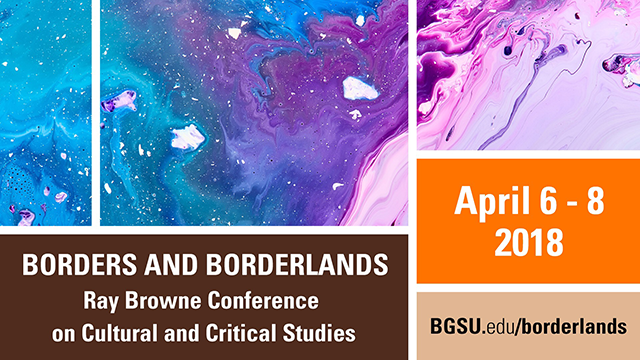
Concurrent Panel Session Four
Start Date
7-4-2018 10:30 AM
End Date
7-4-2018 11:20 AM
Abstract
A rise in xenophobic political rhetoric, presidential policy and far-right populism have led to a dramatic decrease in international student enrollment in US colleges and universities. For the first time since 9/11, American institutions of higher learning are facing the effect of widespread fear among prospective students from around the globe. After the election of President Donald J. Trump in 2016, universities reported the number of international students enrolling in their schools fell by seven percent and continues to decline. Seeking to allay the fear and uncertainty in their international student communities, colleges and universities are resisting proposed immigration policies currently being discussed in Washington and looking for ways to redirect students back to their campuses from more welcoming countries such as Canada and Australia. While larger more prestigious universities such as Harvard, Yale and Stanford may not experience significant losses of international talent, the student populations of Tier II and Tier III colleges and universities are visibly changing. The purpose of this phenomenological study is to explore how xenophobic political rhetoric, presidential policy, and far right populism affects international students’ decisions to attend US institutions. Data will be gathered through interviews of international student services program faculty and staff at a Tier II Midwestern university.
Keywords: xenophobia, immigration, policies, international, students, enrollment, institutions and universities.
Nobody’s at the Golden Door: The Effect of Xenophobia on US University Enrollment
A rise in xenophobic political rhetoric, presidential policy and far-right populism have led to a dramatic decrease in international student enrollment in US colleges and universities. For the first time since 9/11, American institutions of higher learning are facing the effect of widespread fear among prospective students from around the globe. After the election of President Donald J. Trump in 2016, universities reported the number of international students enrolling in their schools fell by seven percent and continues to decline. Seeking to allay the fear and uncertainty in their international student communities, colleges and universities are resisting proposed immigration policies currently being discussed in Washington and looking for ways to redirect students back to their campuses from more welcoming countries such as Canada and Australia. While larger more prestigious universities such as Harvard, Yale and Stanford may not experience significant losses of international talent, the student populations of Tier II and Tier III colleges and universities are visibly changing. The purpose of this phenomenological study is to explore how xenophobic political rhetoric, presidential policy, and far right populism affects international students’ decisions to attend US institutions. Data will be gathered through interviews of international student services program faculty and staff at a Tier II Midwestern university.
Keywords: xenophobia, immigration, policies, international, students, enrollment, institutions and universities.

